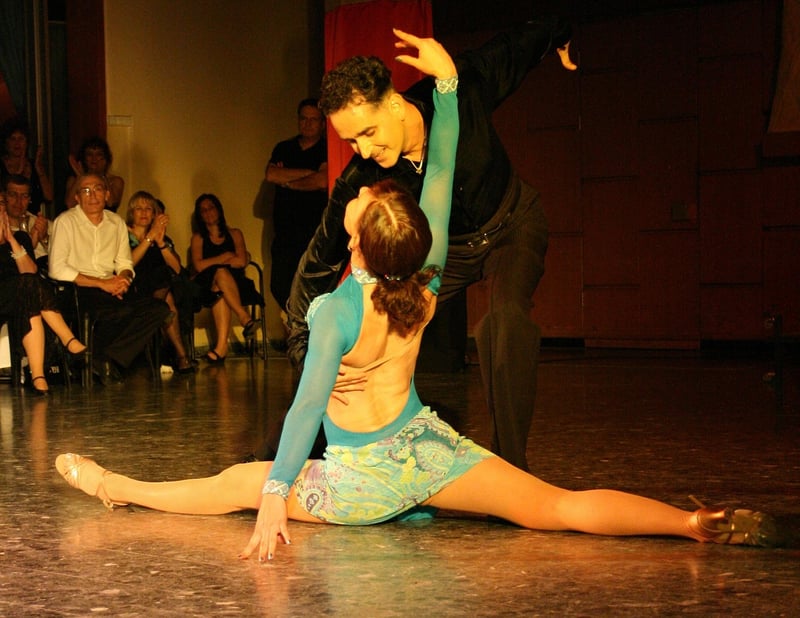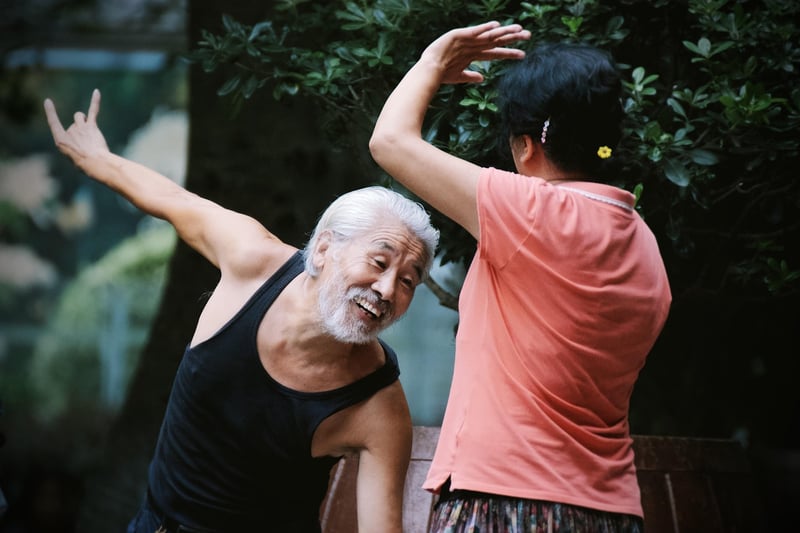Salsa
The Art of Expressive Movement: Exploring Salsa Dancing

Salsa dancing is not just a dance; it's a form of expressive movement that captivates both the dancers and the audience. Originating in the Caribbean, particularly Cuba and Puerto Rico, salsa has gained worldwide popularity for its energetic movements, rhythmic beats, and passionate flair.
History of Salsa Dancing
Salsa emerged in the 1960s as a fusion of various Latin American dance styles, including Cuban Son, cha-cha-cha, mambo, and others. Its name, "salsa," reflects the mixture of these diverse influences, creating a dynamic and vibrant dance form that continues to evolve to this day.
Key Elements of Salsa
- Rhythmic Footwork: Salsa is known for its intricate footwork, where dancers move to the beats of the music with precision and flair.
- Partner Connection: Salsa is a partner dance that relies on strong connections between partners, leading and following each other with grace and harmony.
- Body Movement: Salsa incorporates body movement, isolations, and hip motion, adding fluidity and expression to the dance.
- Improvisation: Salsa allows for improvisation and creativity, encouraging dancers to interpret the music and add their personal style to the dance.
Health Benefits of Salsa Dancing
Aside from being a fun and exciting dance form, salsa dancing offers a range of health benefits, including improved cardiovascular fitness, coordination, flexibility, and stress relief. It's a great way to stay active and socialize while learning a new skill.
Join the Salsa Community
Whether you're a seasoned dancer or a complete beginner, salsa dancing welcomes everyone to join its vibrant community. From classes and workshops to social dance events and performances, there are plenty of opportunities to immerse yourself in the world of salsa.
Experience the joy of expressive movement through salsa dancing and let the music guide your steps on the dance floor!

